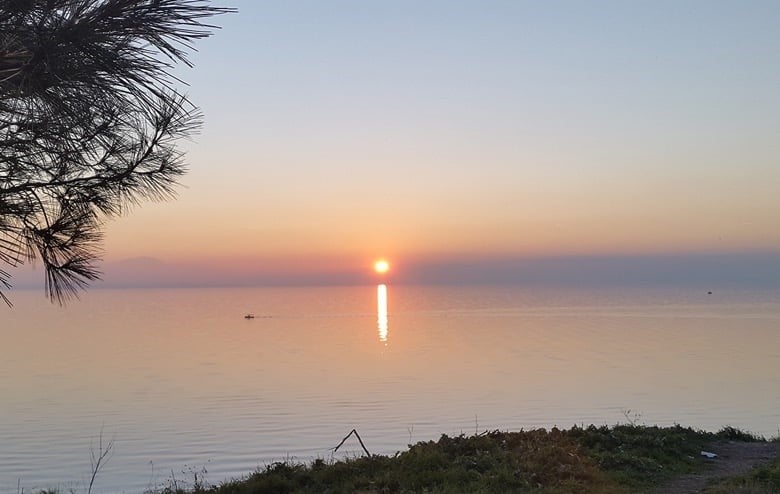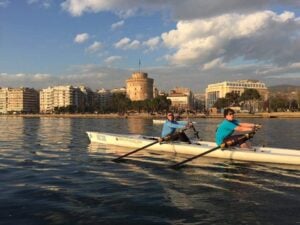With our previous article, we launched our Cultural How-tos series by exploring the peculiarities of the Western Balkans. Now, we’re continuing the journey with key insights for navigating cultures of the Southern and Eastern Balkans.
Beyond Bulgaria and Romania, the Balkan Peninsula extends to include parts of Turkey, specifically Eastern Thrace, as well as Eastern Macedonia and Thrace in Northern Greece.
We’ve put together a practical guide for each region separately and as a whole, with peculiarities and valuable things to know with insights straight from locals, let’s dive in!
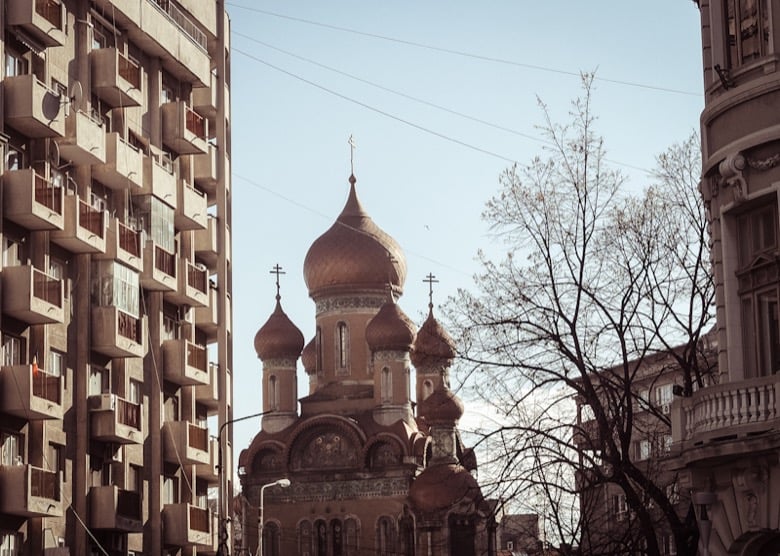
General Guidelines | Mentality & Cultural Insights
- Coffee – Each region has its own traditions, but coffee culture and its rituals are a shared thread across the Balkans.
- Hospitality – Expect to be offered rakia, coffee, or tea often — accepting is a sign of respect.
- Travel slow & flexible – Loose plans work best here. Adjust to the local pace with patience! Transport delays are common, and schedules are flexible. Humor is one way to save the mood.
- Direct communication – People can be blunt, honesty matters more than small talk.
- Smoking is common in the Balkans generally, especially in social settings. Romania and Turkey enforce indoor bans more in bigger cities. In Bulgaria and Greece, bans on indoor smoking are often ignored, especially in smaller towns. Learn more about it here.
- Villages can feel like time capsules – Rural life preserves old traditions strongly.
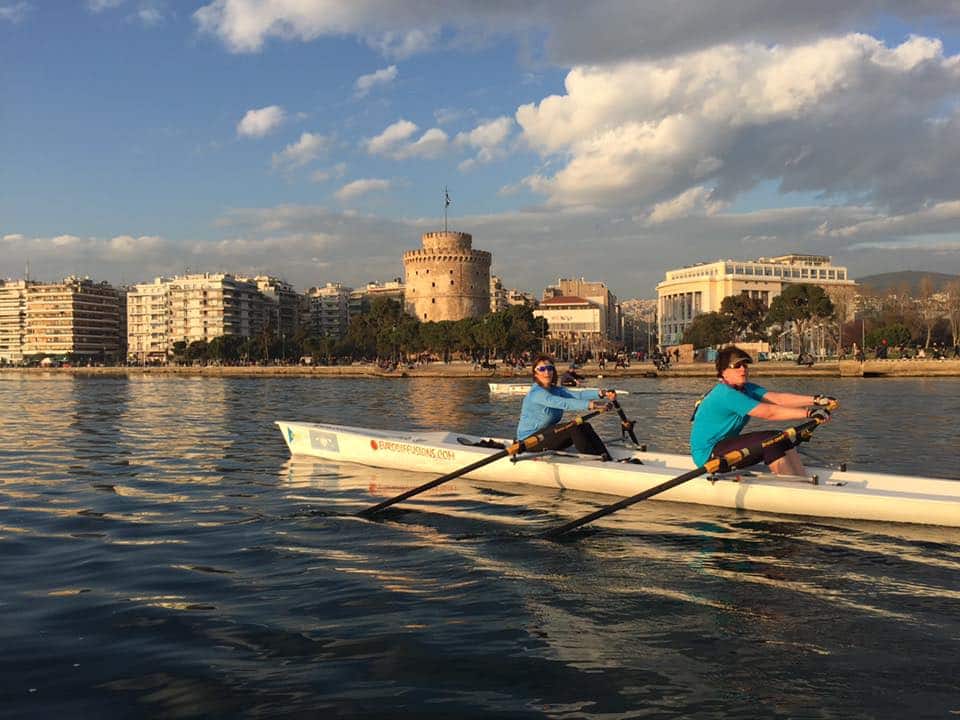
Driving in the Southern and Eastern Balkans
In the Southern and Eastern Balkans, road conditions vary significantly. Here are some key factors to keep in mind.
- Congested city traffic is very common.
- Highways are generally good, but rural roads can be rough and narrow, with sharp turns, etc.
- Mountain roads are beautiful, but they can get the trickest, be careful there!
- Drivers can be aggressive, especially in bigger cities. Be prepared for unpredictable & fast drivers! Also, watch out for scooters and pedestrians in cities!
- Offline maps – Some areas lack signal (many prefer Maps.me over Google Maps; if you use the latter, use the satellite feature instead of the road view to see in real life what upcoming roads look like).
- Public transport can be chaotic, but it’s cheap.
- Taxis are good alternatives.
Tip: confirm the fare in advance or ensure the meter is used to avoid overcharging. - Alcohol tolerance for driving – Zero alcohol tolerance in Romania. In other countries of the region, it’s 0.05% BAC. In Greece, the BAC is lower (0.02%) for new drivers.
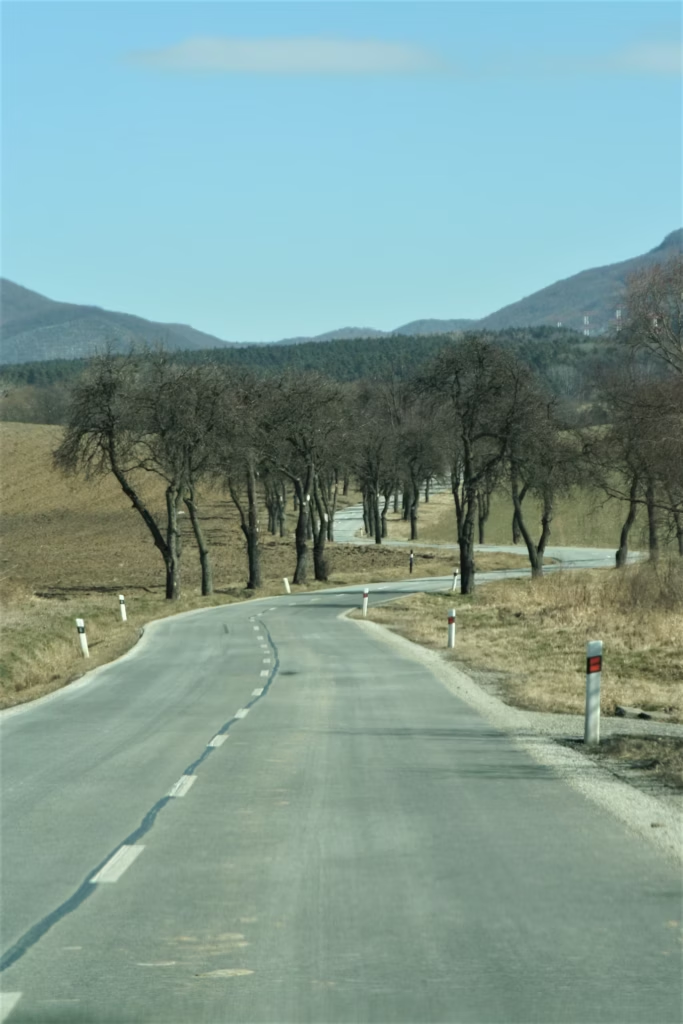
Border Crossings
- Bulgaria, Romania and Greece are all members of the EU and Schengen area, so an ID or passport is enough for EU citizens. Non-EU visitors should check visa requirements.
- In Turkey, a passport is required. Some EU citizens (e.g., from Germany, France, Italy, etc.) can enter with an ID card, but it’s best to check specific country rules applying to your country.
List of Essentials to Prepare
- Local SIM or eSIM – Roaming can be expensive, in most cases best is to buy a local SIM for cheap data unless you have an extensive international deal.
- Power adapter (Type F, C) – It’s the same as most of Europe.
- Offline maps & translation apps – You might need them the most in areas without connections!
- Mosquito repellent – If you are traveling near lakes and, rivers, coastal areas during the summer.
- Small gifts – If visiting locals, it’s polite to bring a gift as a sign of appreciation.
- Travel insurance – To save you from some stressful moments.
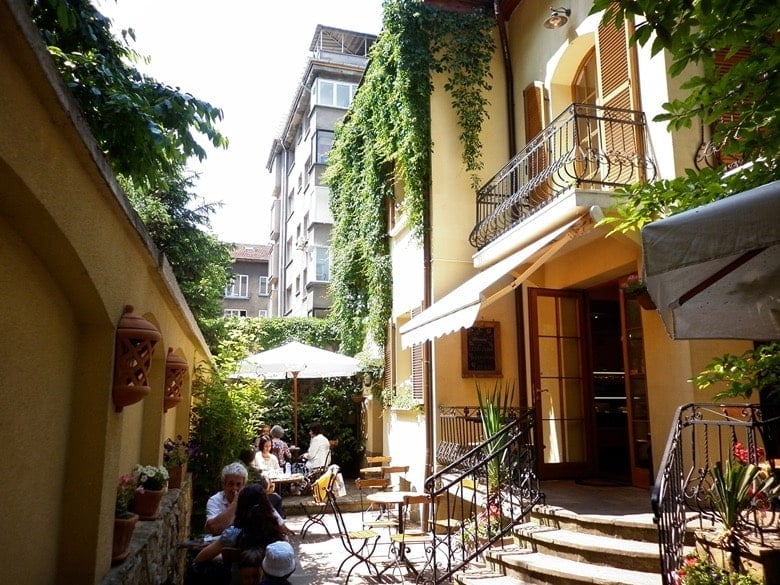
Dress Code
- In cities, dress is modern and stylish, with a mix of European and local influences.
- In rural areas, people dress more conservatively, so modest clothing is best.
- Cover shoulders & knees when visiting religious sites
- Light fabrics for the summer, layer up for the winter!
Food & Drink Must-Tries
Traditional dishes in the region share a few defining traits, the most notable at first sight is the portion size. Expect generous portions, so come with an appetite! Common staples include stuffed peppers, grilled meats, and pastries, each with regional variations.
Some Classics of the Region
- Stuffed Grape Leaves (Sarma/Dolmades/Yaprak Sarma) – Grape leaves filled with rice and sometimes meat, served with yogurt or lemon.
- Grilled Meat (Kebapche/Kebap/Kofta) – Variations of spiced minced meat shaped into sausages or patties, grilled and served with bread or salad.
- Filo Pastry Dishes (Banitsa/Bougatsa/Börek) – A flaky pastry filled with cheese, spinach, or minced meat, popular in all three cuisines.
- Moussaka – All of these countries prepare a layered dish with eggplant, potatoes, minced meat, and béchamel sauce.
- Baklava – A shared dessert of layered filo dough, nuts, and syrup.
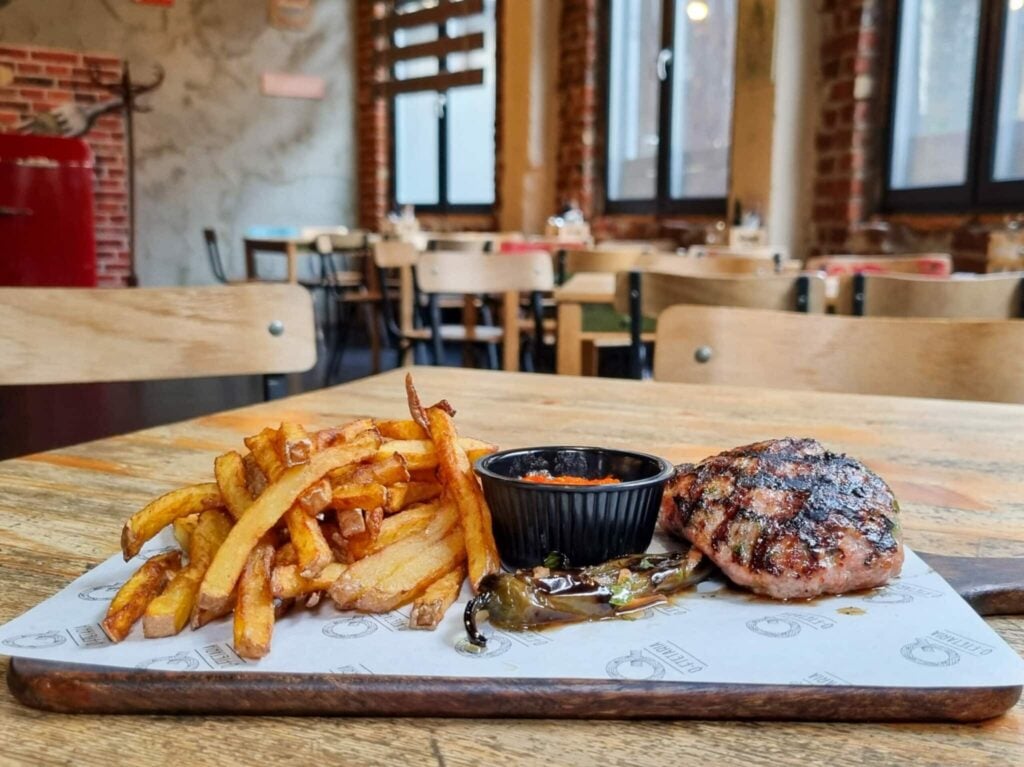
Practical Travel Tips
- It’s safe to drink tap water in most urban areas, but in many rural regions, bottled water is a safer choice. Verify local advisories regarding the water quality of your destination.
- While cards are commonly used in cities, rural areas and markets often require cash.
- In Romania and Bulgaria, tipping is expected: 10-15% in restaurants, rounding up for taxis. In Thrace, it’s not mandatory but appreciated; 5-10% in restaurants, small change for services.
- Toilets in cities are mostly modern, but rural areas may have squat toilets. Bins are provided for toilet paper due to older plumbing. In modern buildings and moderinzed cities, flushing paper is fine. (Bucharest, Sofia, Thessaloniki, and Istanbul) In Eastern Thrace, it’s best to use the bin provided. Look for signs!
- Summers can be extremely hot, while winters are cold and snowy, check forecasts before packing.
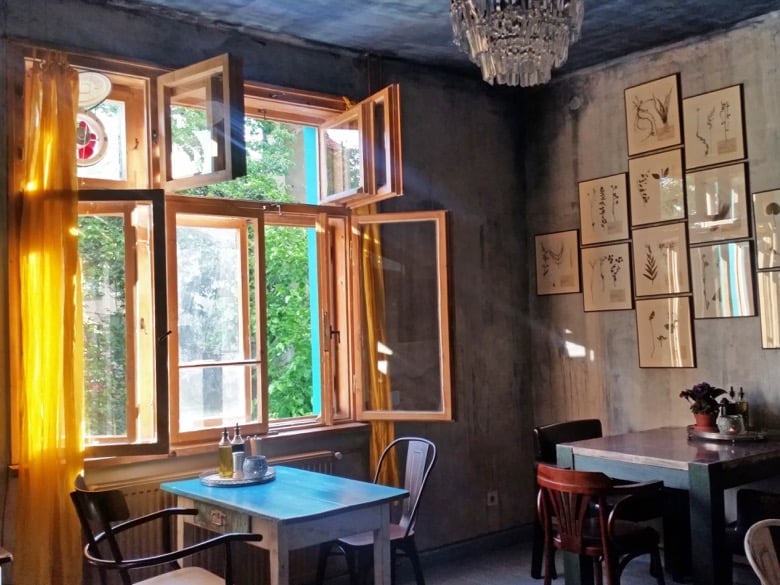
Culture
Besides the previously mentioned strong coffee and smoking culture, the region has many other unique traditions and characteristics.
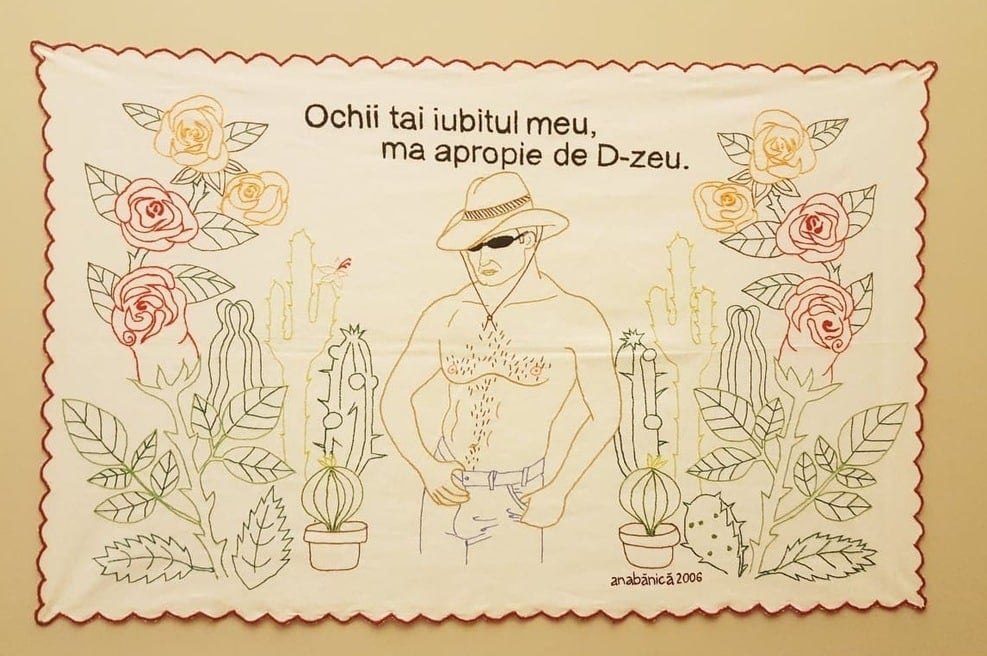
Dance & Music
- Lively folk music with accordion, violin, and drum rhythms.
- Strong Balkan-Romani influences in melodies and dance styles are common in the region.
- Circle dances like Hora (Romania, Bulgaria) and Karşılama (Turkey, Greece).
History & Architecture
- Ancient & medieval influence – Roman, Byzantine, and Thracian ruins, alongside Ottoman mosques and bazaars, shape the region’s historical landscape.
- Modern contrasts – Neoclassical city centers and communist-era brutalist buildings stand side by side in cities like Bucharest, Sofia, and Thessaloniki.
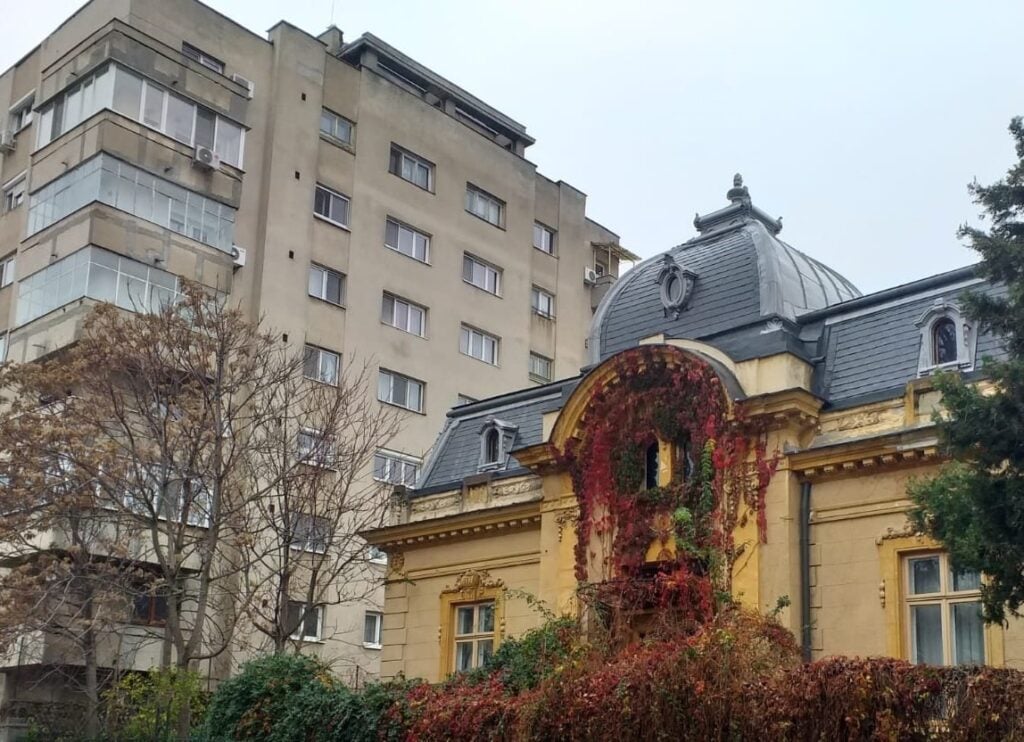
Religious Diversity
- Orthodox Christianity dominates Romania, Bulgaria, and Greek Thrace
- Turkish Thrace has a strong Muslim presence.
🇧🇬 Bulgaria
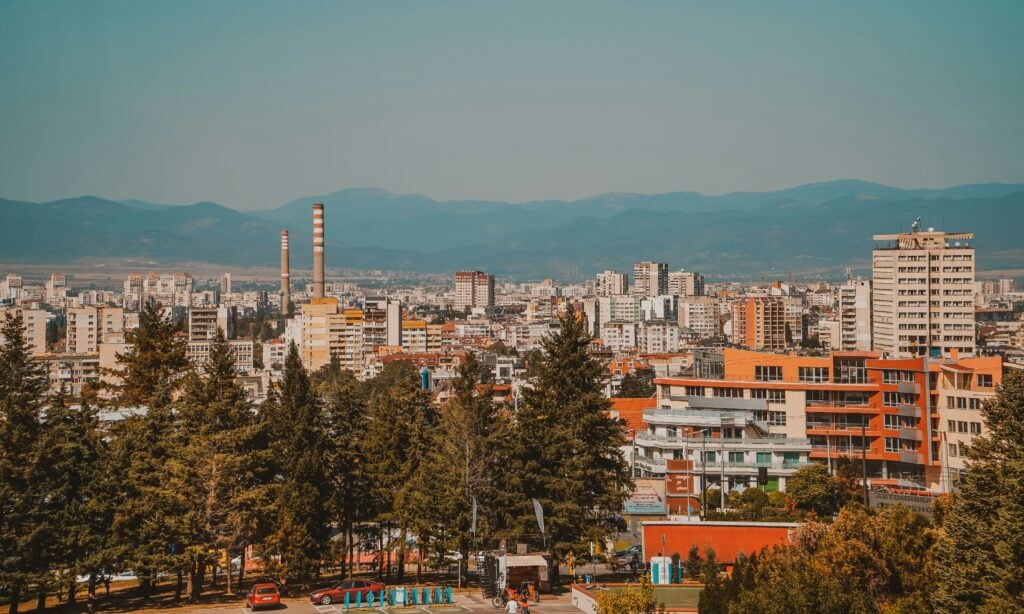
- “Nazdrave!” – Toasting is serious business. Make eye contact while clinking glasses, or it’s bad luck!
- Bulgarians stare – a lot – People do it as a normal social habit.
- Don’t mention the Thracians – It sparks endless debates over historical identity.
- Don’t get confused by head gestures. Bulgarians shake their heads for “yes” and nod for “no” opposite to most countries!
- Bulgarians tend to complain a lot – Joining in is a sign of being part of the group.
- Martenitsa – On March 1st, people exchange red-and-white bracelets for health and spring, removing them upon seeing a blooming tree or stork.
- Rose oil and yogurt pride – Bulgaria is famous for its high-quality rose oil and its unique yogurt, said to contain the bacteria “Lactobacillus bulgaricus.” Bulgarian cuisine is rich in diary products!
Practical:
- Currency: Bulgarian Lev (BGN).
- Member of the EU.
Discover hidden gems in Sofia! Such as shops for traditional sweets, diary products, local restaurants, coworking spaces and buildings with great a view over the city.
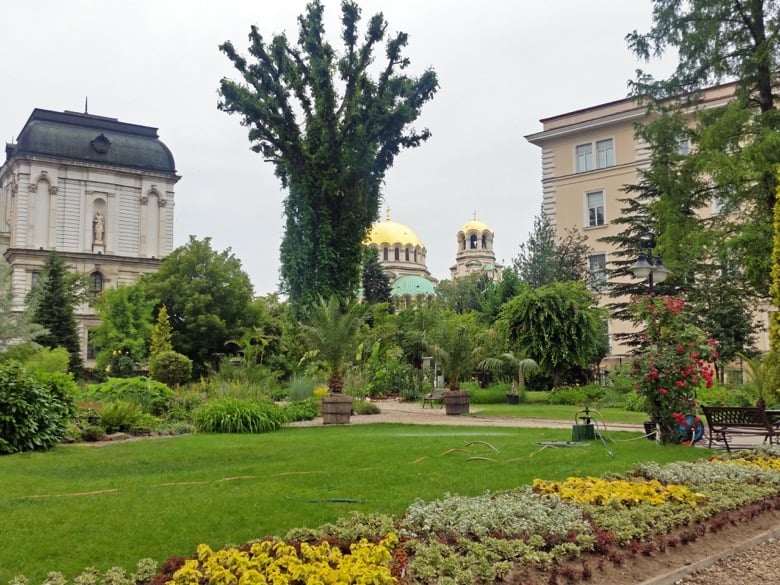
🇷🇴 Romania
- Folk legends and superstitions are loved. Dracula is rather a tourist gimmick. Romanians are more interested in their real folk legends. Superstitions like: don’t whistle indoors (bad luck), and don’t gift even-numbered flowers.
- The countryside is very traditional.
- Bears in the wild – don’t hike alone in remote mountain areas.
- Romanian is a Latin language – many words are similar to Italian or Spanish.
- People take pride in being Romanian – Avoid making comparisons to Hungary or Bulgaria.
Practical:
- Currency: Romanian Leu (RON).
- In the EU.
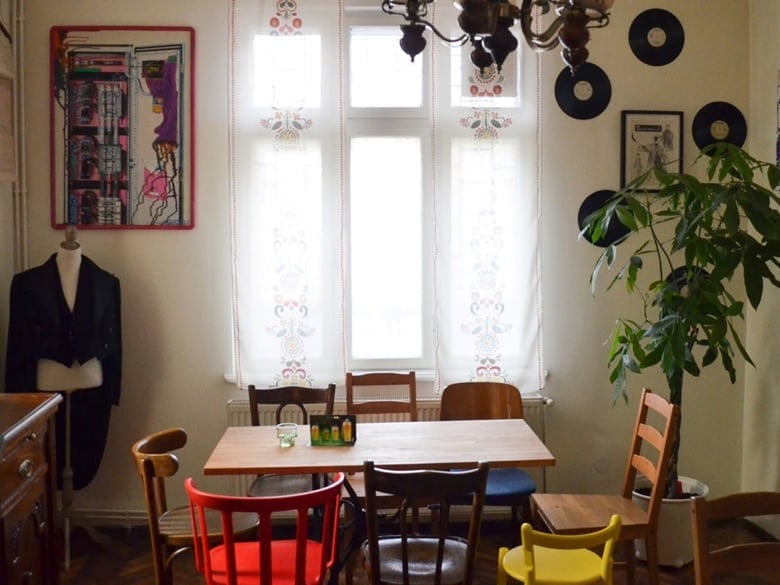
Ready for some locally beloved places? Have a look at our website or app for local cuisine, museums, libraries, concept stores and more!
Eastern Macedonia and Thrace — The Greek Region
- Balkan influences – Culture, cuisine, and music blend Greek, Turkish, Bulgarian, and Serbian elements.
- Strong regional identity – The “Macedonia” name dispute with North Macedonia remains sensitive.
- Thessaloniki: Greece’s Balkan capital – A multicultural hub with rich Ottoman and Jewish heritage.
- Deep Orthodox traditions
- Meze & Ottoman flavors – Think bougatsa, soutzoukakia, and baklava, paired with ouzo or tsipouro.
- Greek with a Balkan twist – Northern Greek dialects have Turkish and Slavic influences.
- Underrated beauty of its nature!
- Lively festivals & music scene – Fire dancing, bagpipes, and rebetiko meet Balkan folk sounds.
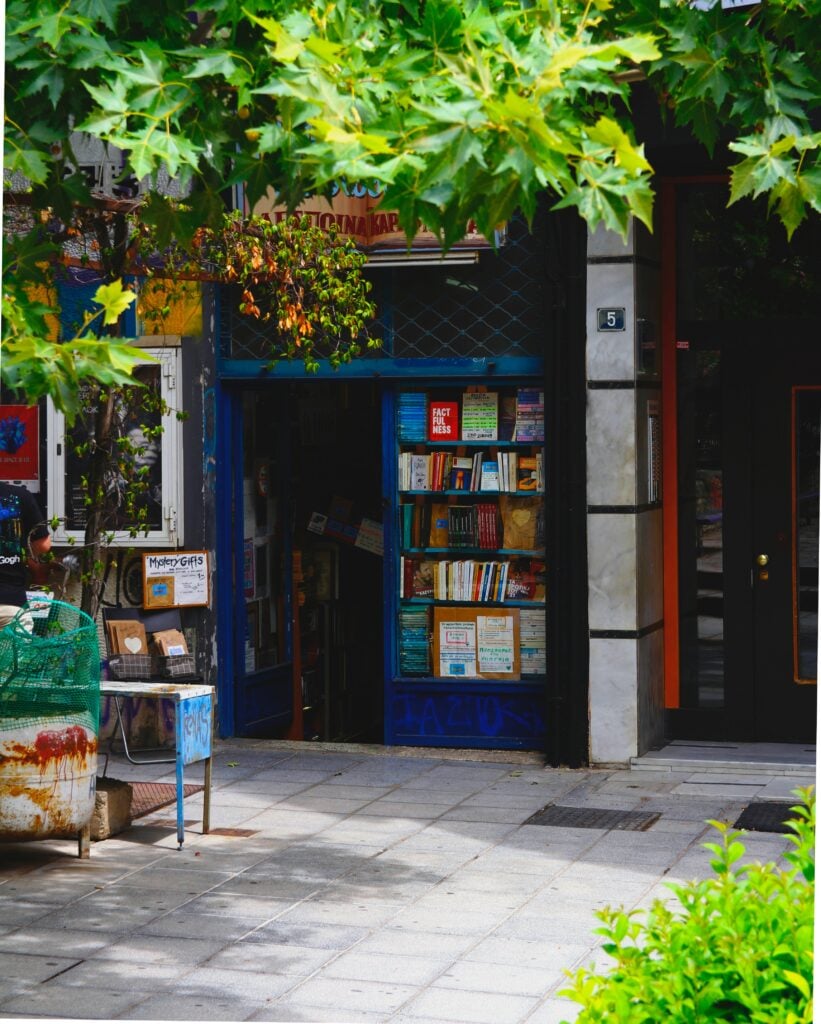
Practical:
Administrative Structure: This region is one of Greece’s thirteen administrative divisions, including the eastern part of Greek Macedonia, the western part of Thrace and islands.
Currency: Euro (EUR)
In the EU.
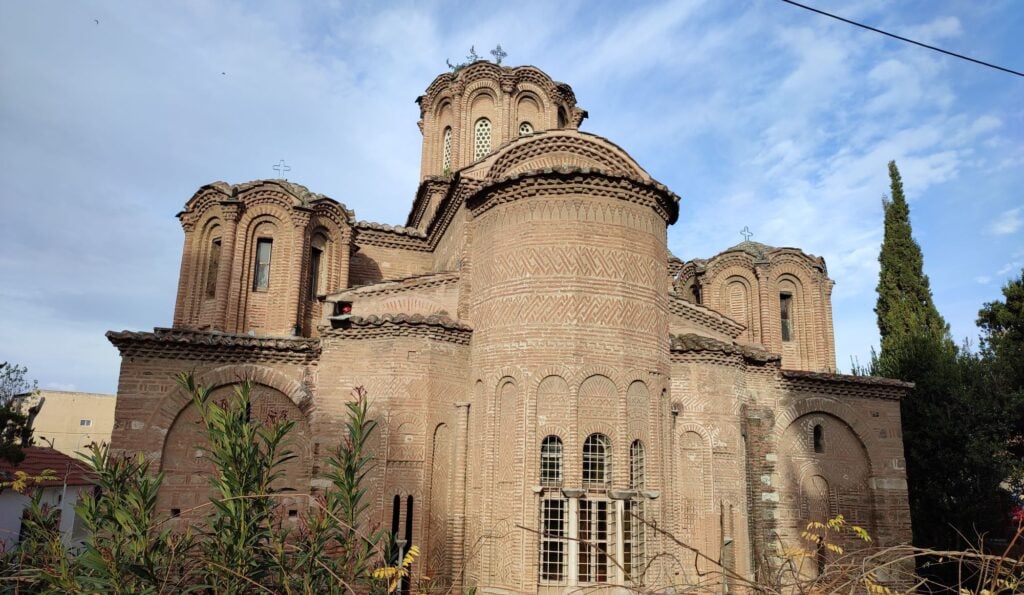
Get local tips for Greece’s Balkan capital, Thessaloniki! Ready to discover the best meze spots, unique architecture and churches with great history?
Eastern Thrace — Turkey’s Balkan region
- Small but significant – Eastern Thrace makes up just 3% of Turkey’s land but holds 15% of its population.
- Çay – Expect to be offered tea (çay) everywhere!
- Haggling – You can bargain in bazaars but don’t try it in supermarkets.
- Politics – Atatürk, politics, and religion are sensitive topics.
- European vibe – Edirne and Tekirdağ feel more Balkan than Anatolian.
- Music, food, and traditions share roots with Greece and Bulgaria.
- Food pride – Thracians love their meze, rakı, and famous Tekirdağ köfte.
- Wine – Thrace is one of Turkey’s top winemaking regions.
- Cats rule the streets – Cats are loved and cared for, similarly to other Balkan countries.
- Football passion – Matches against Greek and Bulgarian teams get intense!
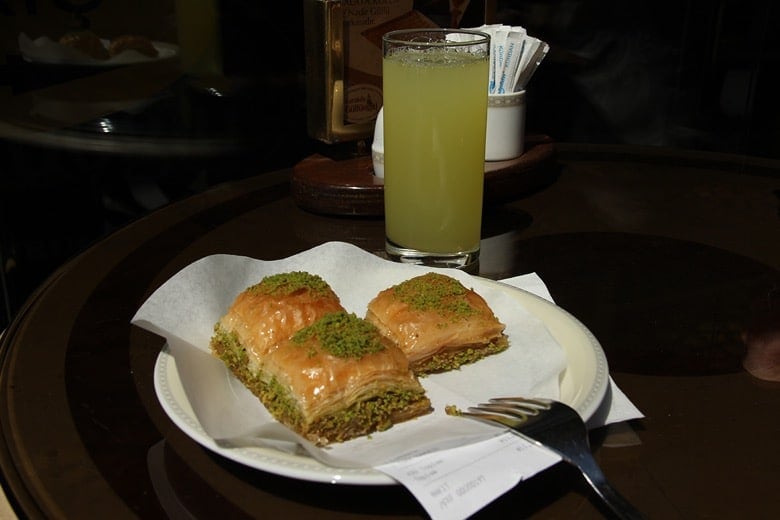
Practical:
Currency: Turkish Lira (TRY).
Not in the EU.
Spotted by Locals covers more than 200 recommended places for Istanbul, which does not exactly fall under Turkey’s Balkan region. Still, we hope we could help with some insights to feel more at home once you decide to hit the road!
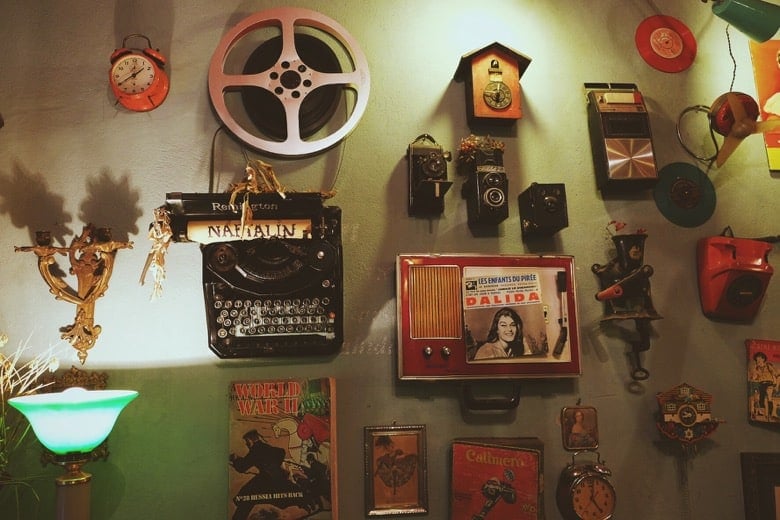
Final Advises
When to visit?
If you can, visit in spring or fall! Beyond being more affordable and sustainable, the shoulder seasons offer plenty of diverse and vibrant cultural events across the region. Just like we suggested in our article about the Western Balkans, immerse yourself: learn a few local phrases, join a walking tour, or take part in local festivities for a deeper connection.
Would you like to stay up to date with our newest articles, check out our website our sign up here!
